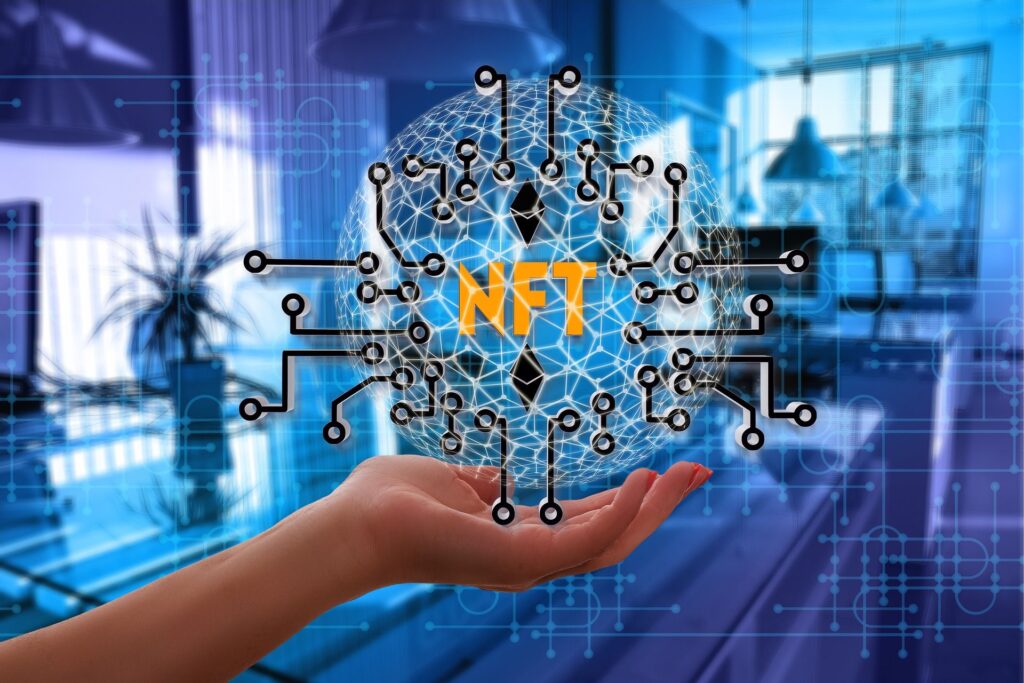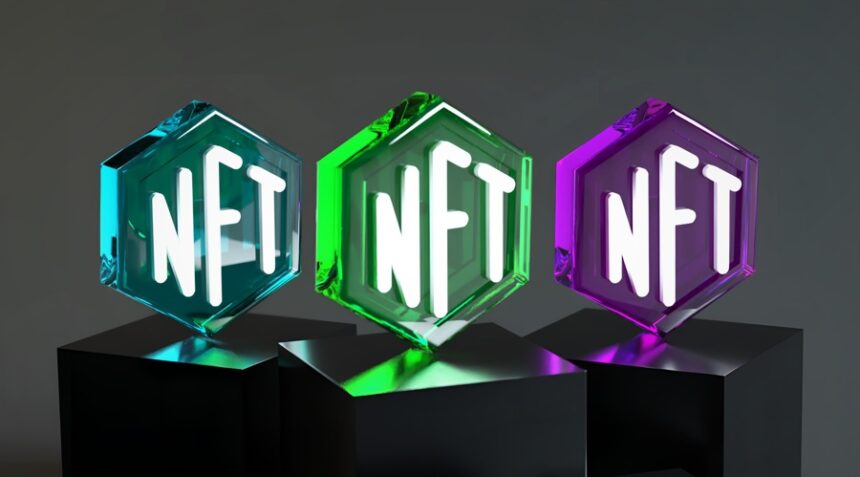The digital art landscape has witnessed a groundbreaking shift with the rise of NFTs (Non-Fungible Tokens). These blockchain-based assets have revolutionized the way artists create, sell, and distribute their work, offering new opportunities for both creators and collectors. As the NFT market continues to grow, it is reshaping the traditional art industry in ways previously unimaginable.
The emergence of NFTs has allowed digital artists to establish ownership and authenticity in a way that was never possible before. Unlike traditional artworks that can be forged or duplicated, NFTs offer verifiable proof of originality. This innovation has opened up a new world of possibilities for artists, making digital art more valuable than ever.
What Are NFTs and How Do They Work?
NFTs are unique digital tokens stored on blockchain technology, ensuring their authenticity and scarcity. Unlike cryptocurrencies such as Bitcoin or Ethereum, which are interchangeable, NFTs are distinct and cannot be replicated. This makes them ideal for digital art, music, video clips, and other forms of creative content.
Artists mint their work as NFTs, creating a verifiable digital certificate of ownership. Buyers can then purchase these tokens using cryptocurrency, often through online marketplaces like OpenSea, Rarible, or Foundation. Since blockchain records every transaction, it provides transparency, security, and a tamper-proof history of ownership.
The Impact of NFTs on Digital Art
NFTs have had a profound impact on the digital art scene, providing new revenue streams for artists. Previously, digital artists struggled to monetize their work beyond commissions and freelance projects. Now, NFTs enable them to sell their creations directly to collectors, earning royalties on every resale through smart contracts.
This shift empowers artists with financial independence and control over their work. It also challenges the traditional art world, where galleries and auction houses have long dominated. With NFTs, artists no longer need intermediaries to reach buyers, democratizing access to the art market.
The Role of Blockchain in Securing Digital Ownership

Blockchain technology plays a crucial role in the success of NFTs by ensuring transparency and security. Every NFT transaction is recorded on a decentralized ledger, preventing counterfeiting and fraud. This means that collectors can confidently invest in digital art, knowing that their purchase is authentic and unique.
Additionally, blockchain enables artists to set up smart contracts, allowing them to earn a percentage of future sales whenever their work is resold. This feature has been a game-changer, ensuring that artists continue to benefit from their creations long after the initial sale.
The Rise of Digital Art Marketplaces
Online platforms specializing in NFT sales have experienced massive growth, attracting both emerging and established artists. Marketplaces such as OpenSea, SuperRare, and Foundation serve as virtual galleries where digital artworks are showcased and auctioned.
These platforms provide artists with direct access to a global audience, eliminating geographical barriers. Collectors can browse a wide range of artwork, from digital paintings and animations to interactive pieces, creating a diverse and dynamic art ecosystem.
Challenges and Criticism of NFTs
Despite their popularity, NFTs are not without controversy. One major concern is the environmental impact of blockchain transactions, which require significant energy consumption. Efforts are being made to develop eco-friendly alternatives, such as Ethereum’s transition to a proof-of-stake system, which aims to reduce energy usage.
Additionally, the NFT market has been criticized for speculation and volatility. While some artists have made substantial profits, others have struggled to gain traction. The fluctuating nature of cryptocurrency values also affects the stability of NFT investments, making it a risky venture for some collectors.
Future of NFTs in the Art World
The NFT revolution is still in its early stages, but its potential is undeniable. As technology advances and more industries adopt blockchain solutions, the digital art market is expected to expand further. Innovations such as virtual galleries and metaverse exhibitions are already gaining traction, offering new ways to experience and showcase digital art.
Moreover, collaborations between traditional and digital artists are blurring the lines between physical and virtual art forms. Museums and galleries are exploring NFT integration, further legitimizing digital art as a valuable and collectible asset.
Conclusion
NFTs have undeniably transformed the digital art world, offering artists unprecedented opportunities for monetization, exposure, and creative freedom. While challenges remain, the potential for growth and innovation in this space is immense. As blockchain technology continues to evolve, NFTs are likely to play an even greater role in shaping the future of art, redefining how we perceive and appreciate creativity in the digital age.
